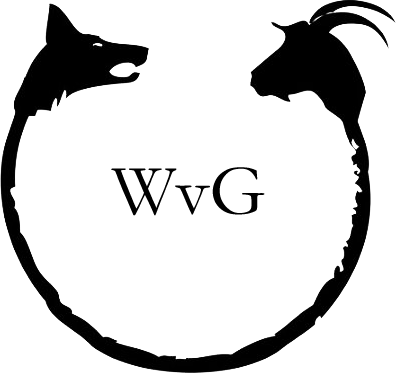
Bigger is better. It's a powerful idea. One that makes SUVs so darn appealing, one that explains the remarkable success of Urban Outfitter's “Everything is Bigger in Texas” shirts, and one that customers often fall back on when making decisions about clothing.
But perhaps the “bigger is better” mindset is also one that we don't question enough. Well, today that ends as we examine thread count, what it means, why it matters, and if bigger (aka higher thread counts) is better.
What is thread count and why does it matter?
Thread count, which is expressed as a number (e.g. 50s, 70s, 100s, 120s, 180s, 200s, etc.), indicates the size of the yarns in fabric and as a result, is also an indication of the number of threads per square inch of fabric. Furthermore, higher counts (i.e. higher numbers) suggest that the threads of these high thread count fabrics are finer, sometimes resulting in a softer, smoother, more expensive, and more luxurious fabric.
An average men's t-shirt has a thread count of roughly 40-50 (single-ply). On the other hand, a nice men's dress shirt at some of the retailers who pride themselves on quality will start at 100-120 thread count (two-ply).
However, thread count alone does not tell the whole story. Yet, many customers pay exorbitant amounts of money for shirts and sheets of higher thread count because they only know half of the story but are led to believe that the half of it is the whole. And, armed with what they believe to be the whole truth, these customers pay more for the perceived, incremental value that higher thread count garments give you without questioning if they are getting that value. In short, they pay because they believe that bigger, or in this case, higher, is better.
But it's not customers fault and the idea that bigger, or higher, is better is not entirely wrong. In fact, if we examined thread count in a vacuum (i.e. ignoring other aspects of the fabric like ply, origin of the fabric, and finishing), higher thread counts do in fact indicate higher quality fabric and perhaps even justify higher prices.
But we don't live in a vacuum and it's impossible to ignore things like ply and the origin of a shirt.
What is ply and how does it impact quality?
Ply refers to the number of yarns that are twisted together to make a single thread, or single component, of fabric. Typical fabrics range from one-ply to three-ply with the most common varieties being two-ply and single-ply. The primary difference between one-ply and two-ply is the number of yarns that are twisted together to make a single thread that is then woven into the fabric. Single-ply means that one yarn is twisted together while two-ply means that two yarns are twisted together. The result of this difference is that, generally speaking, two-ply fabrics have a tighter weave and are heavier than single-ply fabrics.
So, as you can see, ply is an important element to consider when comparing quality of fabric and you can't simply say that a fabric of 120 thread count is of higher quality than fabric of 110 thread count unless you factor in ply. And you shouldn't purchase shirts or sheets without taking ply into consideration either.
Unfortunately (or perhaps fortunately) the discussion doesn't stop at ply. Another element to consider is the origin of a shirt.
Origin
Cottons like Sea Island cotton, Egyptian cotton, American Pima cotton, and Sudanese Barakat cotton are considered some of the most premium cottons in the world and while these cottons differ in where they are cultivated and their scarcity, they are united by the fact that they all belong to a species of cotton known as Gossypium barbadense. This species is highly desired because it is scarce (it can only grown in certain, very specific conditions...sunny, humid, and wet)) and also because it yields unusually long, silky fibers. Furthermore, these cottons are some of the purest cotton and do not include many hybrid strains.
Another factor to consider when discussing origin is the location and quality of the mill where the shirt was made. Well-respected labels generally have their shirts made at top-quality mills, many of which are located in England, Switzerland, and Italy. Not only do these mills choose the highest quality cottons, they pride themselves on their craftsmanship and an 80 thread count shirt made at a high quality mill may even feel and wear better than a 180 thread count shirt made at a substandard one.
What's It All Mean?
Evaluating the quality of a shirt can be tough. None of the factors above - thread count, ply, and origin - can be ignored and each is of equal importance.
So, make sure that you don't fall into the “bigger is better” trap, get all of the facts, and feel free to contact us with questions so we can help you make an informed decision and find what works best for you.


